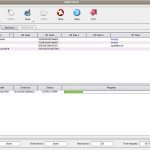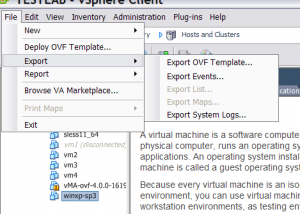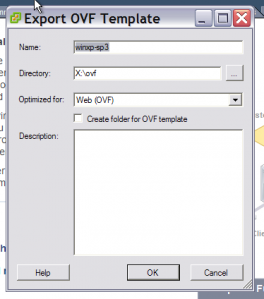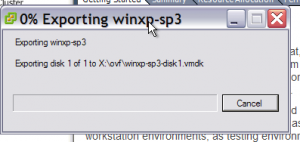
The Ophcrack Windows password cracker is the best free Windows password recovery tool available. Ophcrack is fast and easy enough for a first time password cracker with basic Windows skills.
DownloAd: Click Here
Description
- Opchrack can crack passwords for Windows 7, Windows Vista, and Windows XP.
- Ophcrack can recover 99.9% of passwords from Windows XP, usually in a matter of seconds. Any 14-character or smaller password that uses any combination of numbers, small letters, and capital letters should be crackable.
- Ophcrack can recover 99% of passwords from Windows 7 or Windows Vista. A dictionary attack is used in Windows 7 and Vista.
- The Ophcrack LiveCD option allows for completely automatic password recovery.
- LiveCD method requires no installation in Windows, making it a safe alternative to many other password recovery tools.
- No Windows passwords need to be known to use the Ophcrack LiveCD to crack your Windows passwords.
Pros
- Software is freely available for download online
- Passwords are recovered automatically using the LiveCD method
- No software installation is necessary to recover passwords
- No knowledge of any existing passwords is necessary
- Ophcrack works with Windows 7, Windows Vista, and Windows XP
Cons
- Some antivirus programs mistakenly identify Ophcrack as a Trojan or virus (see Guide Review below)
- 506 MB (7/Vista) / 425 MB (XP) LiveCD ISO image must be downloaded
- LiveCD ISO image must be burned to a disc before being used
- Passwords greater than 14 characters can not be cracked
Thanks to About.Com for this info




